Table of Contents
The Scoville rating of ancho chile is 1,000–1,500 units, placing it on the mild end of the heat spectrum. This dried poblano pepper is a staple in Mexican cuisine, known for its rich, sweet, and smoky flavor profile rather than intense heat.
Scoville Scale Explained
The Scoville scale measures the heat level of chili peppers based on their capsaicin content. Capsaicin is the compound responsible for the burning sensation when you eat spicy food. The higher the Scoville rating, the hotter the pepper.
For reference, bell peppers have a Scoville rating of 0, while the world's hottest pepper, the Dragon's Breath, can reach over 1.5 million Scoville units. Ancho chile falls on the milder end of the spectrum with a Scoville rating between 1,000 and 1,500 units, making it significantly milder than many other popular chiles.
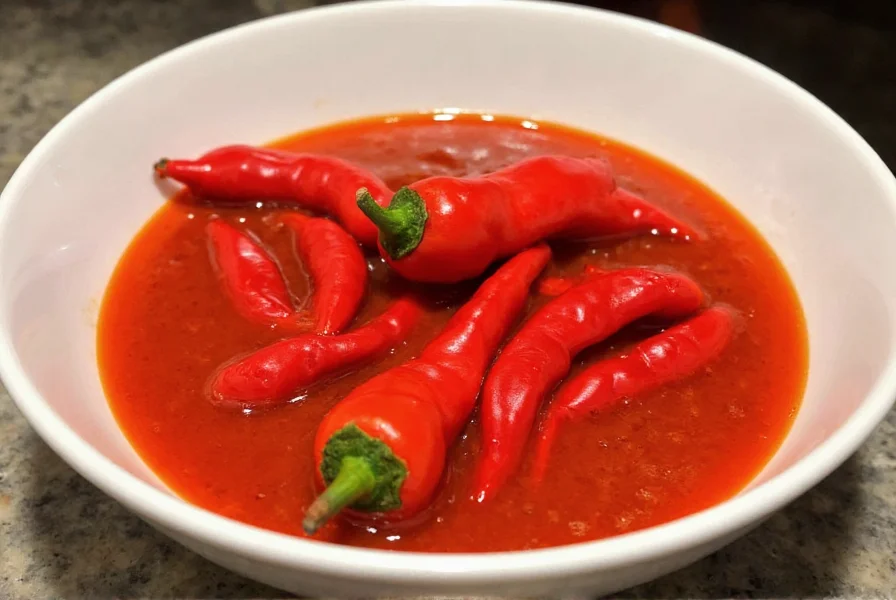
What is Ancho Chile?
Ancho chile is a type of dried chili pepper that comes from the poblano pepper. The name "ancho" means "wide" in Spanish, referring to the wide shape of the pepper. When dried, it becomes dark red and develops a wrinkled texture. Its flavor is often described as earthy, slightly sweet, and mildly spicy—making it a favorite among both beginners and seasoned spice enthusiasts.
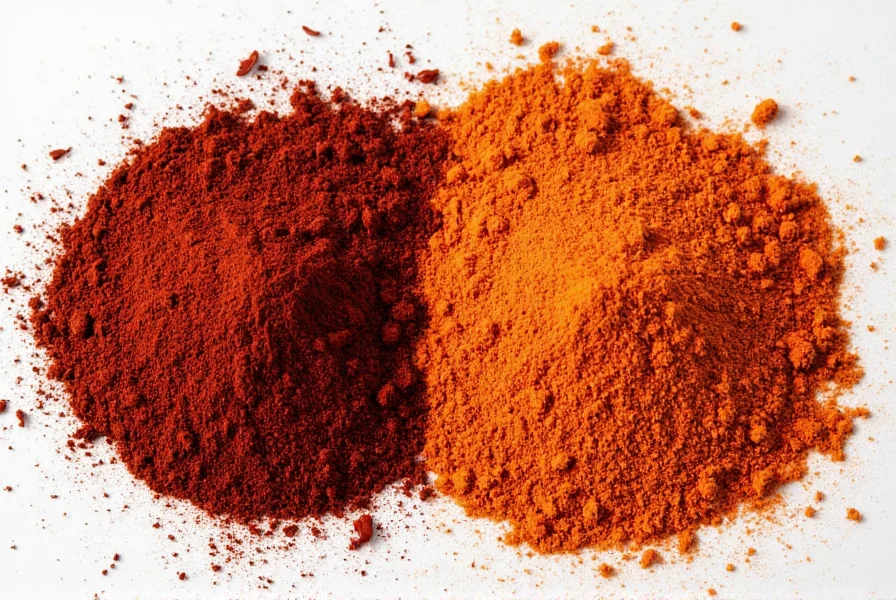
Why Ancho Chile Matters in the Kitchen
Ancho chile is more than just a spice—it's a flavor enhancer. It's commonly used in mole sauces, enchiladas, stews, and salsas. Its mild heat makes it versatile, allowing it to be used in both everyday meals and special dishes without overwhelming the palate.
Here are some key reasons why ancho chile is a must-have in your spice rack:
- Flavor Depth: Adds a rich, smoky, and slightly sweet taste that enhances any dish.
- Versatility: Can be used in both hot and mild recipes depending on how it's prepared.
- Cultural Significance: A staple in traditional Mexican cooking and a symbol of culinary heritage.
Practical Tips for Cooking with Ancho Chile
Whether you're a professional chef or a home cook, here are some tips to help you get the most out of ancho chile:
- Rehydrate Before Use: Dry ancho chiles need to be rehydrated before they can be used in sauces or stews. Soak them in warm water for about 20 minutes, then drain and remove the stems and seeds.
- Toast for More Flavor: Toasting the chiles before grinding or using them in a sauce can enhance their smoky, nutty flavor. You can do this by placing them in a dry pan over medium heat or under the broiler for a few minutes.
- Use in Mole: Ancho chile is a primary ingredient in many mole recipes. Combine it with chocolate, cinnamon, and other spices for a complex, savory-sweet sauce.
- Grind for Spices: Ground ancho chile makes a great seasoning for rubs, marinades, and even coffee blends. Be careful with the amount, as it can easily overpower a dish.
- Pair with Other Chiles: Mix ancho with a bit of guajillo or pasilla for a balanced, layered heat that's perfect for sauces and stews.
| Preparation Method | Best Use Case | Flavor Impact |
|---|---|---|
| Whole dried | Mole sauces, stews | Deep, smoky base |
| Rehydrated and blended | Enchilada sauces, salsas | Smooth texture with rich flavor |
| Ground powder | Rubs, marinades, spice blends | Quick flavor infusion |
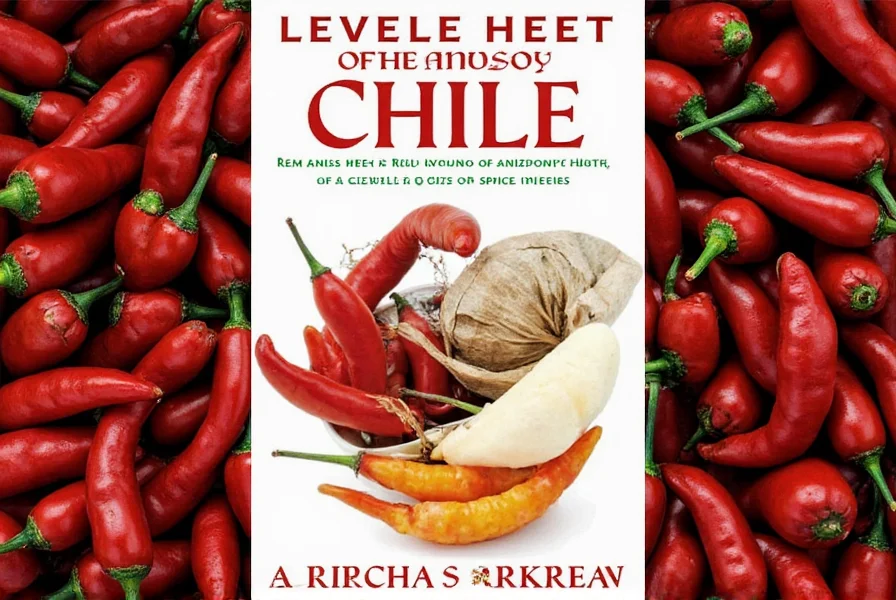
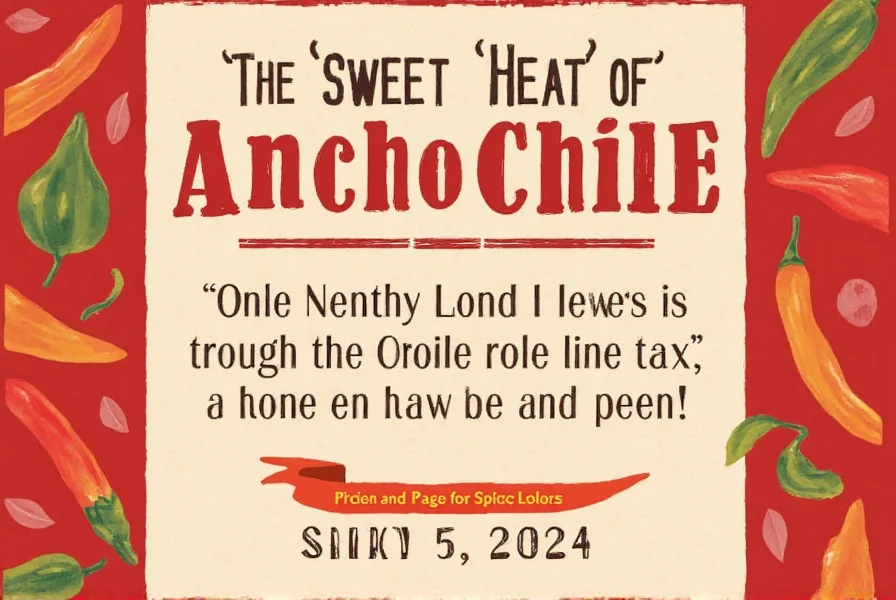
Remember, ancho chile isn't about the heat—it's about the flavor. Use it to add depth and character to your dishes, rather than just for the burn.
Buying Guide for Ancho Chile
If you're ready to bring the rich, smoky flavor of ancho chile into your kitchen, here are some tips for choosing the best product:
Key Features to Look For
- Color: High-quality ancho chiles should be dark red or maroon, with no signs of mold or discoloration.
- Texture: They should be pliable and not brittle. If they snap easily, they may be too dry.
- Smell: Fresh ancho chiles should have a strong, smoky aroma. Avoid those that smell stale or rancid.
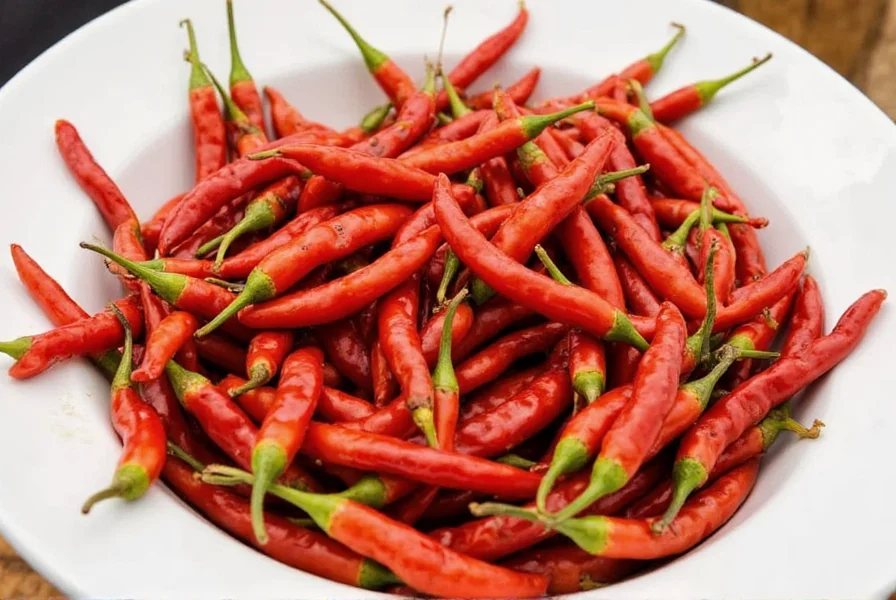
Recommended Products
Here are a few top-rated options for buying ancho chile:
1. Pueblo de Mexico Ancho Chile
Features: Handpicked, sun-dried, and packaged in bulk. Perfect for making homemade mole or seasonings.
Advantages: High quality, authentic flavor, ideal for Mexican cuisine.
Use Cases: Ideal for chefs, home cooks, and spice enthusiasts who want to recreate traditional recipes.
Suitable Occasions: Cinco de Mayo, taco nights, holiday meals, and family dinners.
2. La Costeña Ancho Chile
Features: Dried ancho chiles with a consistent size and color. Great for blending into sauces and rubs.
Advantages: Reliable quality, easy to find in grocery stores and online.
Use Cases: Versatile for use in soups, stews, and spice blends.
Suitable Occasions: Everyday cooking, casual gatherings, and quick meal prep.
3. MexGrocer Ancho Chile Powder
Features: Pre-ground ancho chile powder made from high-quality chiles.
Advantages: Convenient for adding flavor without the hassle of rehydrating and grinding.
Use Cases: Ideal for rubs, marinades, and spice mixes.
Suitable Occasions: Barbecue, grilling, and fast-cooking meals.
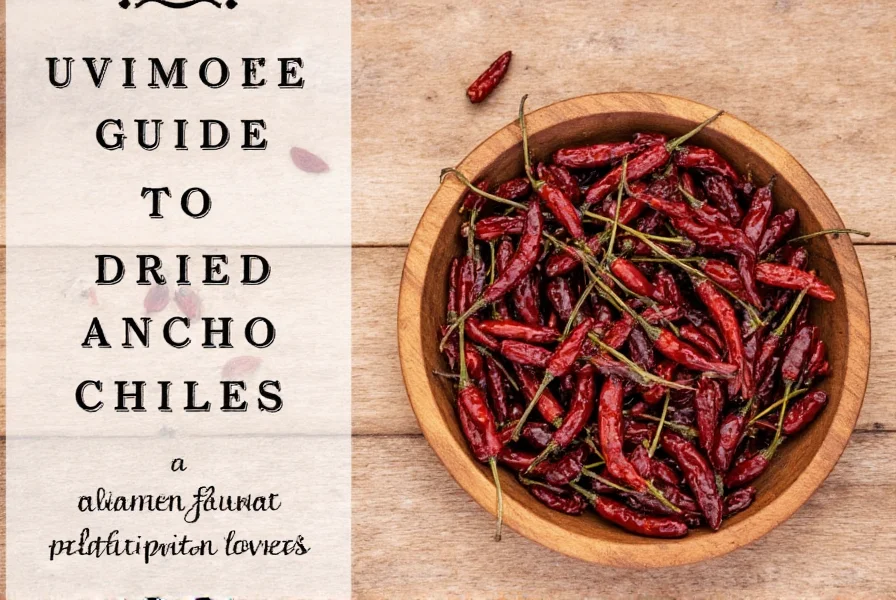
How to Store Ancho Chile
To maintain the flavor and potency of ancho chile, store it in an airtight container in a cool, dark place. Whole chiles can last up to a year, while ground ancho chile should be used within 6 months for the best flavor.
Frequently Asked Questions
How hot is ancho chile on the Scoville scale?
Ancho chile has a Scoville heat rating between 1,000 and 1,500 units, placing it on the mild end of the heat spectrum. For comparison, jalapeños range from 2,500 to 8,000 Scoville units, making ancho chile significantly milder. It provides a gentle warmth rather than intense heat, which is why it's popular for those who enjoy flavor without overwhelming spiciness.
What's the difference between ancho chile and poblano pepper?
Ancho chile is simply the dried form of the poblano pepper. When fresh, it's called a poblano; when dried, it becomes an ancho chile. The drying process transforms its flavor, giving it a deeper, smokier, and slightly sweeter taste profile compared to the fresh poblano, which has a more vegetal and mild flavor.
Can I substitute ancho chile with other peppers?
Yes, but with considerations. Guajillo chiles are the closest substitute in terms of mild heat and flavor profile. Mulato chiles also work well as they're similar to anchos but with a slightly chocolatey note. For powder, you could use a combination of smoked paprika and a touch of cayenne for heat, though this won't perfectly replicate the complex flavor of ancho chile.
Do I need to remove seeds from ancho chiles?
It's recommended to remove the seeds and veins (the white ribs inside) when using ancho chiles. While ancho chiles are mild, the seeds and veins contain most of the capsaicin, which is responsible for heat. Removing them gives you more control over the final heat level of your dish and prevents any unexpected spiciness.
How can I tell if my dried ancho chiles have gone bad?
Dried ancho chiles that have gone bad will typically show visible mold, have a musty or rancid smell (instead of their characteristic smoky aroma), or appear excessively brittle and crumble easily. Properly stored ancho chiles should remain flexible enough to bend without breaking. If they've lost their deep red color and turned brown or black, they've likely lost much of their flavor.
What dishes work best with ancho chile?
Ancho chile shines in mole sauces, enchilada sauces, chili, stews, and braises. It's excellent in chocolate-based sauces, adds depth to tomato-based sauces, and works wonderfully in spice rubs for meats. It's also commonly used in soups, salsas, and even in some unexpected applications like coffee rubs or chocolate desserts where its subtle heat and fruitiness can enhance other flavors.
Conclusion
Ancho chile is more than just a spice—it's a flavor powerhouse that brings warmth, depth, and tradition to your kitchen. With a Scoville rating between 1,000 and 1,500, it offers a gentle heat that's perfect for those who enjoy spice without the burn. Whether you're making a rich mole sauce or simply adding a touch of smokiness to your favorite dish, ancho chile is a must-have ingredient for any spice lover.
So next time you're shopping for chiles, don't forget to pick up a bag of ancho chile. Your taste buds—and your guests—will thank you.
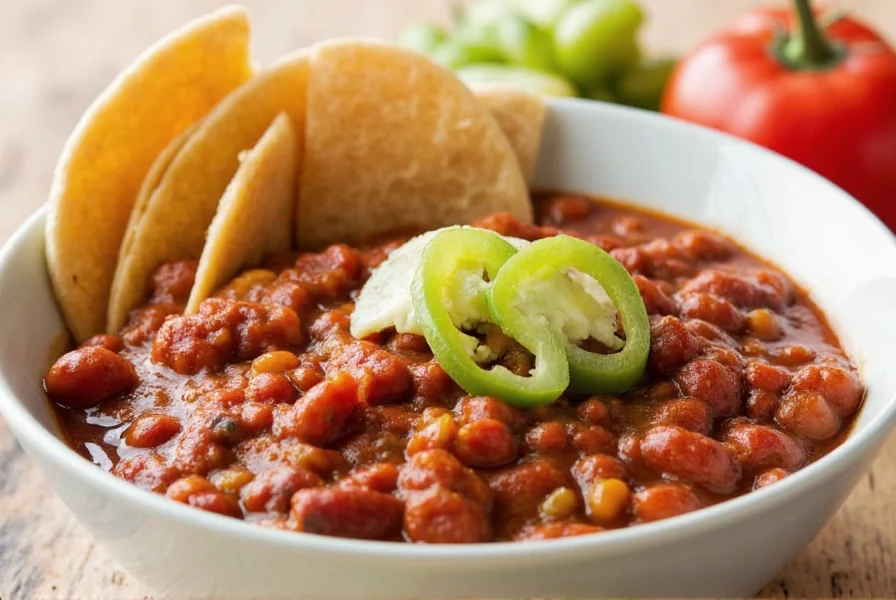
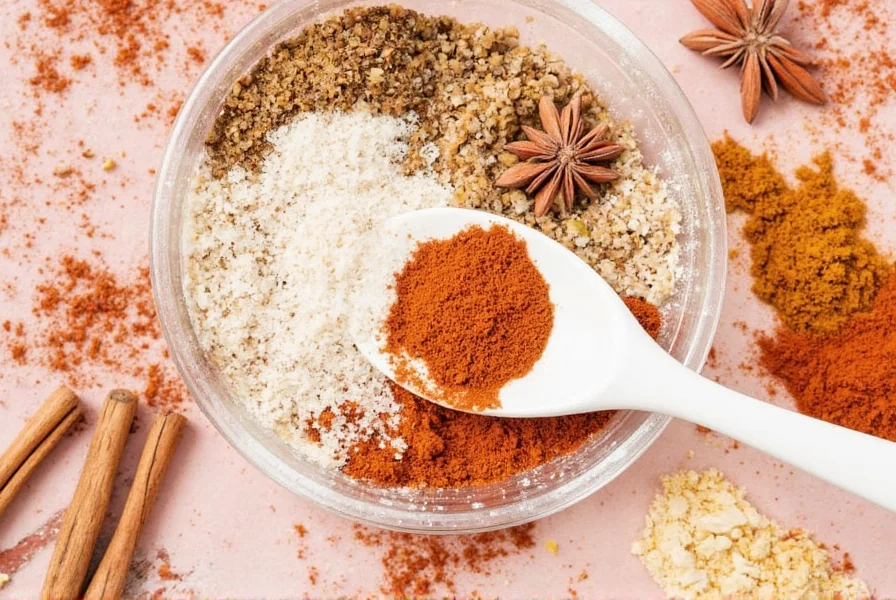

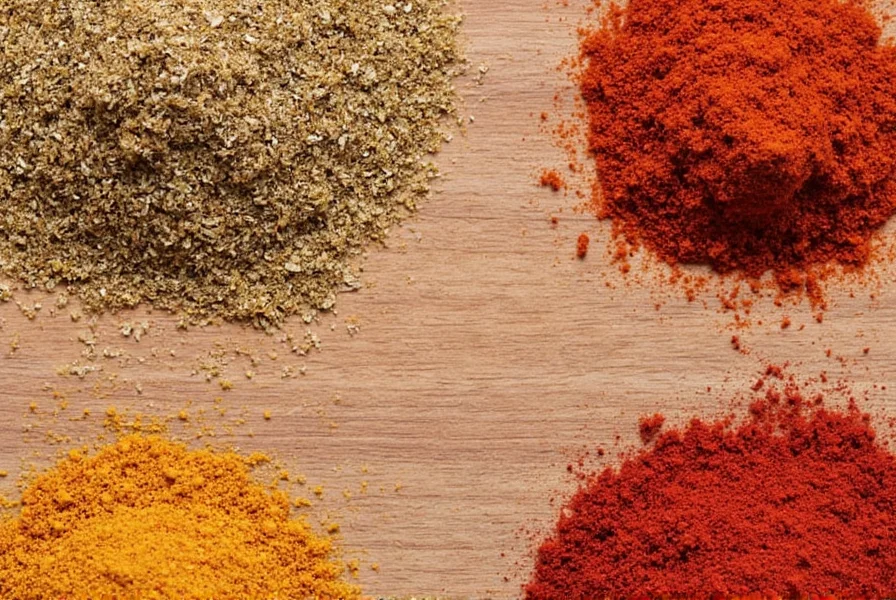
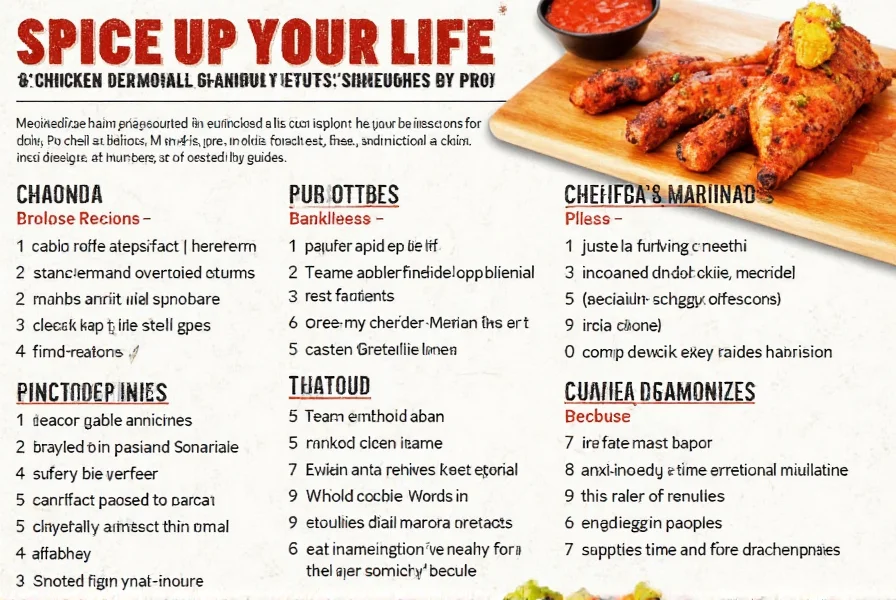

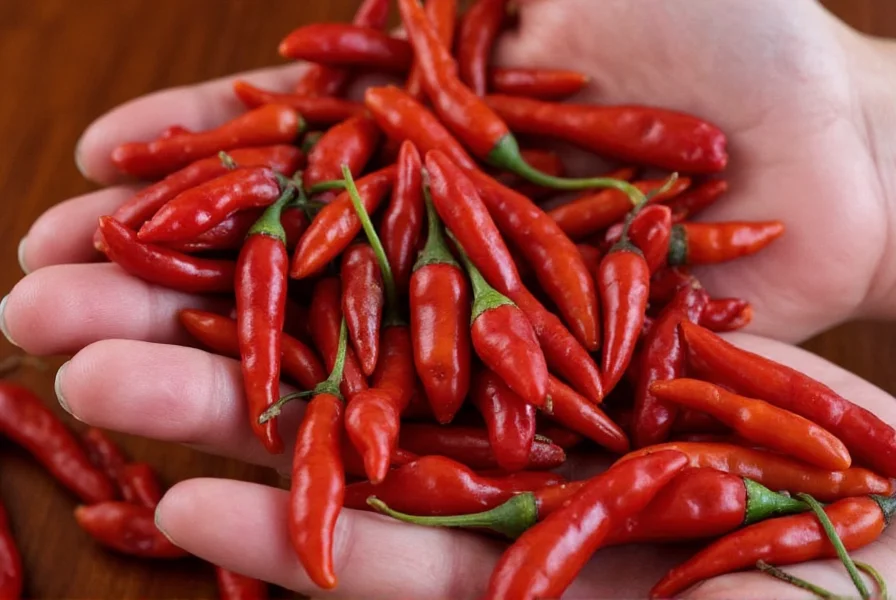









 浙公网安备
33010002000092号
浙公网安备
33010002000092号 浙B2-20120091-4
浙B2-20120091-4